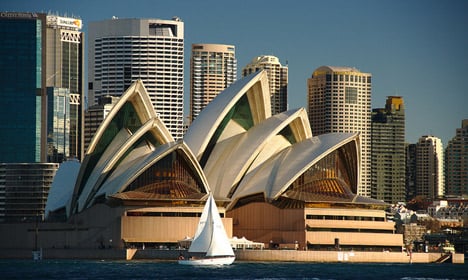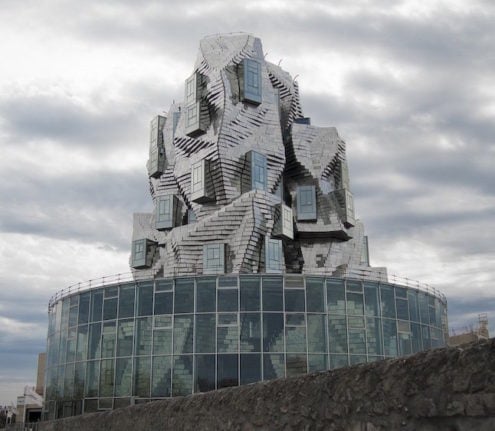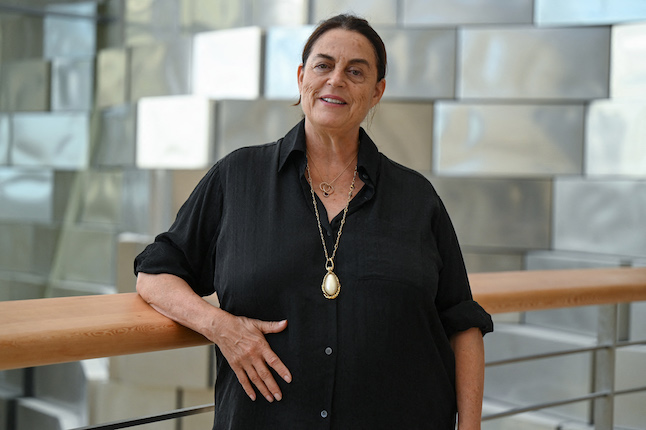ARCHITECTURE
Danish architect’s Sydney Opera House drama to be film
The story of the Sydney Opera House and its Danish architect Jørn Utzon is to be made into a movie, with the producer behind 'The Girl with the Dragon Tattoo' on board.
Published: 7 June 2016 14:40 CEST

The story of Utzon's work on the Sydney Opera House "has all it takes for the big screen". Photo: Nickliv/Flickr
The Danish/Swedish/Australian production will tell the story of how Utzon upset the conservative Australian architectural establishment by winning an international competition to design the building and his battles to push through his radical ideas.
“Utzon was a great Danish architect and the story of how he created the Sydney Opera is both fascinating and scary. This story has to be told,” said Danish executive producer Ole Søndberg in a statement late Monday.
Søndberg is best known for producing 'The Girl with the Dragon Tattoo' and the 'Millennium-trilogy' based on Stieg Larsson's novels. He was also behind the popular 'Wallander' television series.
For the Utzon project he will team up with Swedish-Australian producer Jan Marnell, who has worked on a number of television mini-series and features over the last 30 years.
Utzon arrived in Sydney as a celebrity in 1957 but his ambitious design, with the building's distinctive white sails drawn from his childhood in the Aalborg shipyards, was hit by domestic politics, petty jealousies and budget constraints.
The controversies that dogged him and the project for years saw him quit in 1966.
He never returned to see his revolutionary concept as a finished building, which was opened in 1973 by Britain's Queen Elizabeth II, and he died in 2008.
A year before his death, the harbourside building was added to the World Heritage List, with the committee saying the structure “stands by itself as one of the indisputable masterpieces of human creativity, not only in the 20th century but in the history of humankind”.
“We have a world wonder. We have its creator who wasn't allowed to see his dream fulfilled,” said producer Marnell.
“We have creativity versus bureaucracy and political maneuvering ranging from friend to foe. We have an outstanding architect with streaks of megalomania and genius, and his vengeful opponents who plot to get him out of the country,”
“It has all it takes for the big screen.”
No details were given on when 'Utzon: The Man Behind the Opera House' would begin filming.
Url copied to clipboard!



 Please whitelist us to continue reading.
Please whitelist us to continue reading.
Member comments